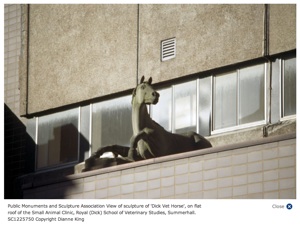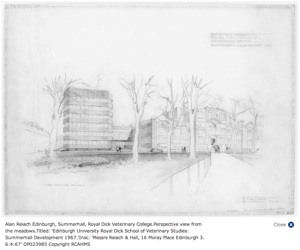Summerhall Masterplan - Research
Historical Background
Summerhall Masterplan - Research
Historical Background

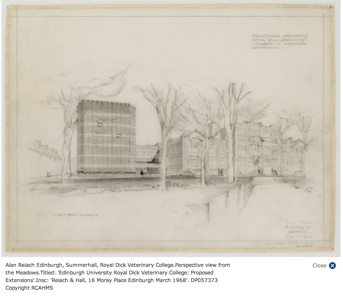
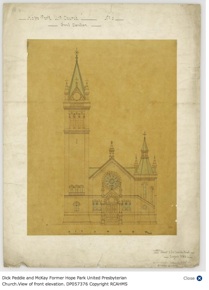




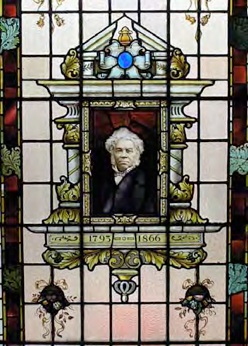
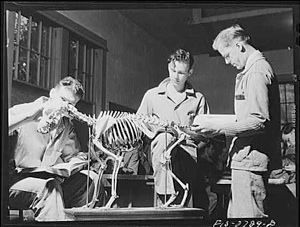
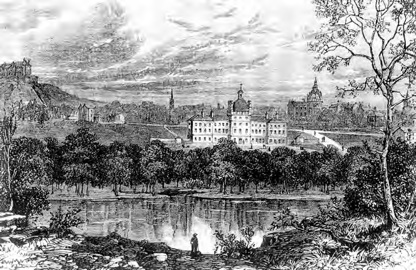
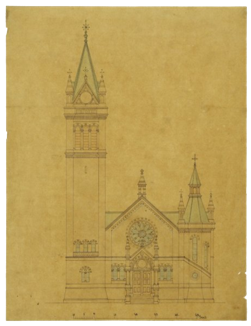
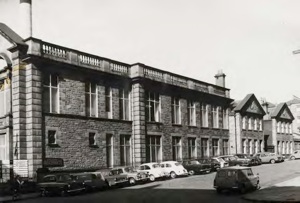
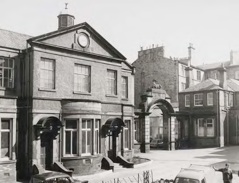
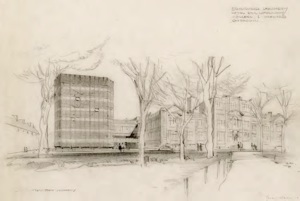




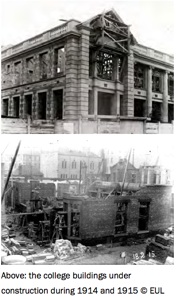
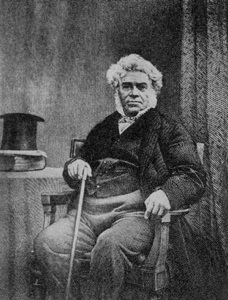
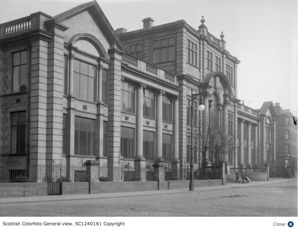
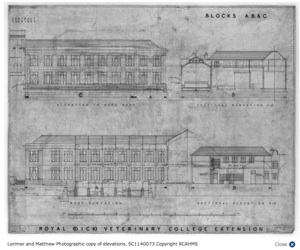
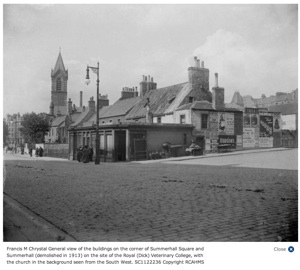
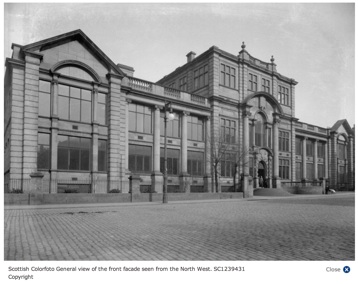
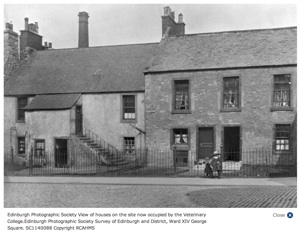
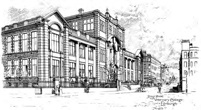
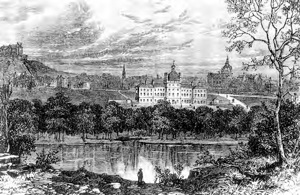
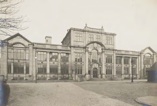
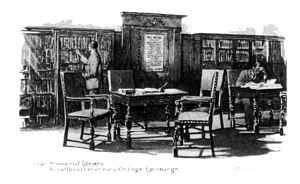
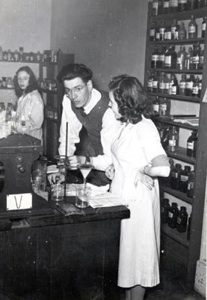
Thomas Hope of Rankeillour acquired the lease
of the loch in 1722, setting about draining it with real determination and, although his efforts proved unsuc- cessful, he is credited with taking the first steps of introducing pleasure walks to the drained areas of the loch bed..
He died in 1777, but his efforts had been widely praised. In 1804 the Town Council assumed responsibility for completing the civil engineering works required to com- plete the drainage of the loch bed and, gradually, the Meadows was laid out to its present form.
Summerhall is within an area at the eastern extremity of the Meadows having a long association with the brewing industry
In 1739 the brewery, which was run by Thomas Bryson at that time, had been destroyed by fire.
Its setting was further compro- mised when the corner plot was acquired for the Hope Park United Presbyterian church, for which de- signs were prepared by Peddie & Mackay in 1866.
The church opened for worship in September 1867..
Suffering from over-capitalisation, the EUB was badly managed from the outset and, perhaps more damagingly, from the poor quality of its beers. The site at Summerhallclosed in 1908 whereupon it was offered for sale.
The only fragments of the old brewery to have survived to this day are the well and the tall stone rubble sandstone boundary wall at the northern end of the clinical block (Block F), with the evidence of a cor- bel built in which, at one stage, would have supported the end of a timber beam.
William Dick (1793-1866) was the son of an Aberdeenshire farrier who had moved to Edinburgh in the later 1780s. In around 1815 he took up premises at 8 Clyde Street within the eastern block of James Craig’s New Town plan where he set up his forge.
By 1833 he had commissioned a new building of which the street frontage was crowned by the sculp- ture of a recumbent horse, understood to have been carved by A Wallace (possibly of the sculptors Wallace & Whyte), although it has been credited to John Rhind in some accounts and given a later date (1883). The sculpture became an icon of Dick’s veterinary school: it was transferred to the new site at Summerhall when the institu- tion moved there, and in recent years it has been moved yet again to the campus at Easter Bush.
McArthy was faced with a complex brief for spaces with highly dissimilar functions. They varied in spatial needs - from places for formal assembly and lecture theatres, to highly serviced indi- vidual rooms such as dissecting rooms, post-mortem areas and research labo- ratories. There was also a requirement to house animals awaiting treatment in stabling and kennelling, and even a flat-roofed area to the rear of the small animals clinic was provided, shown on the drawings as a dog run.
In the 1850s around 60-100 students were enrolled at his institution with certificates of graduation issued then by the Highland Society. A fire in 1864 destroyed part of the college buildings, providing the incentive to rebuild and expand the site for which the adjoining premises at 10 Clyde Street were acquired. Dick died shortly afterwards, but within twenty years or so the need to expand the premises had become urgent once more, and further premises on Clyde Street were acquired. At this time also the col- lege was reorganised, with the alterations completed by 1887.
